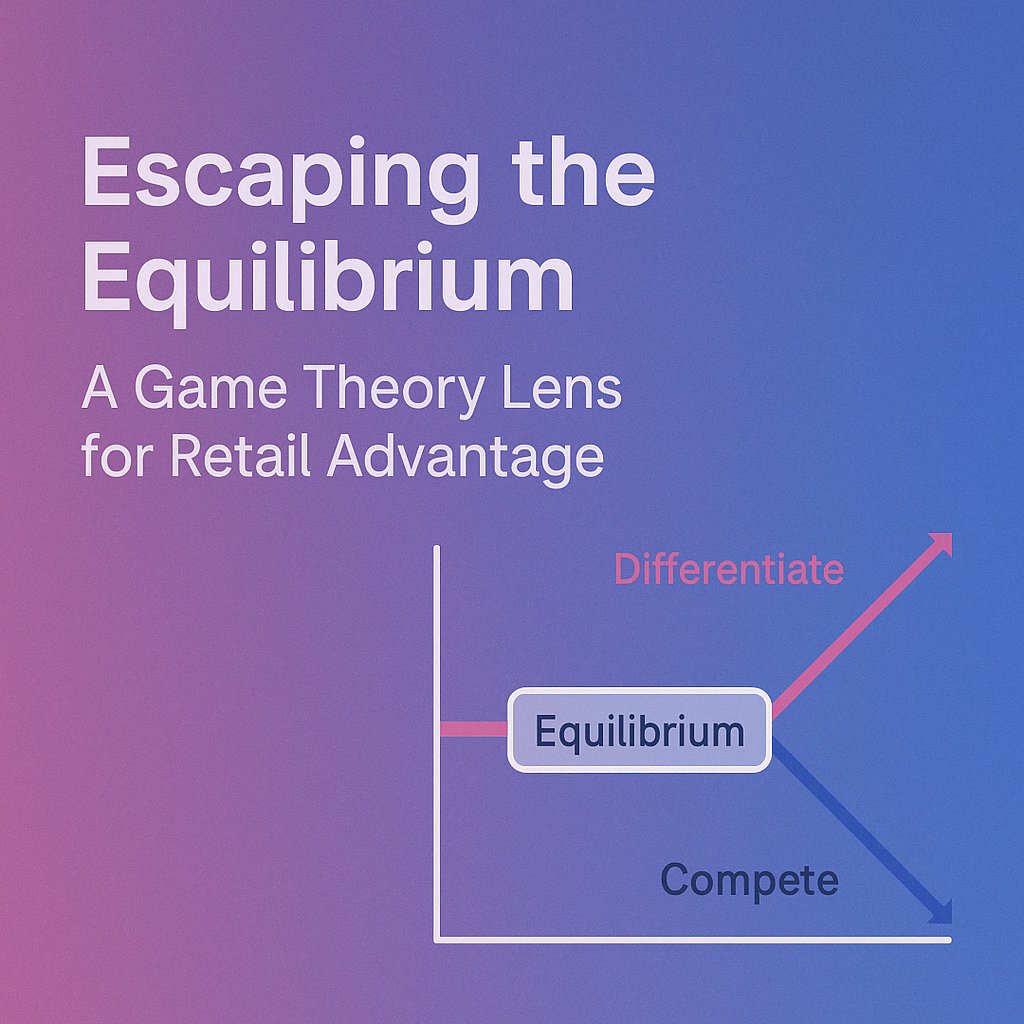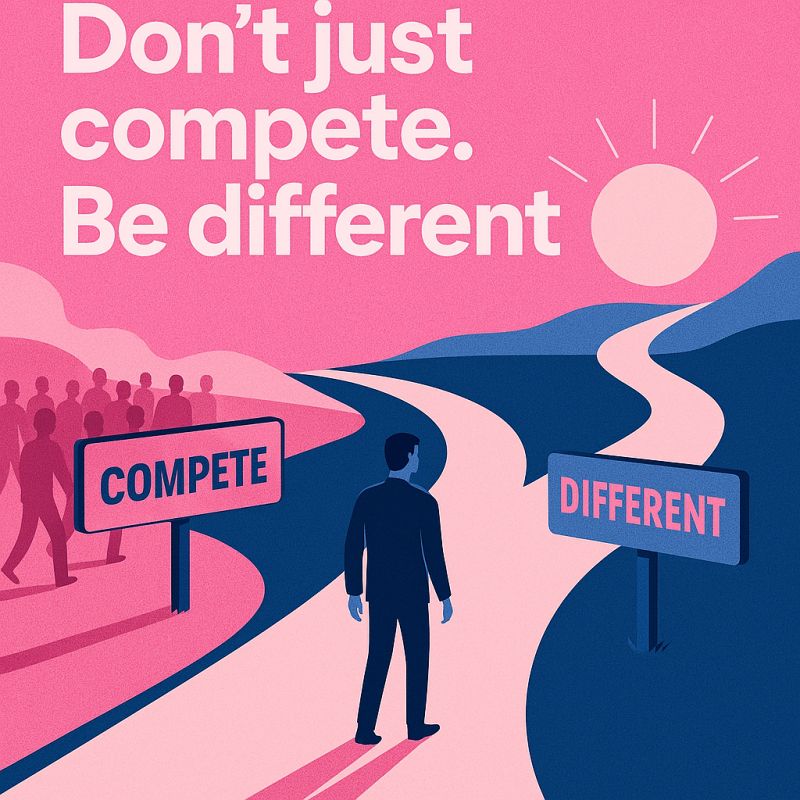The Tyranny Of Convenience | A Blinder To True Demand Forecasting
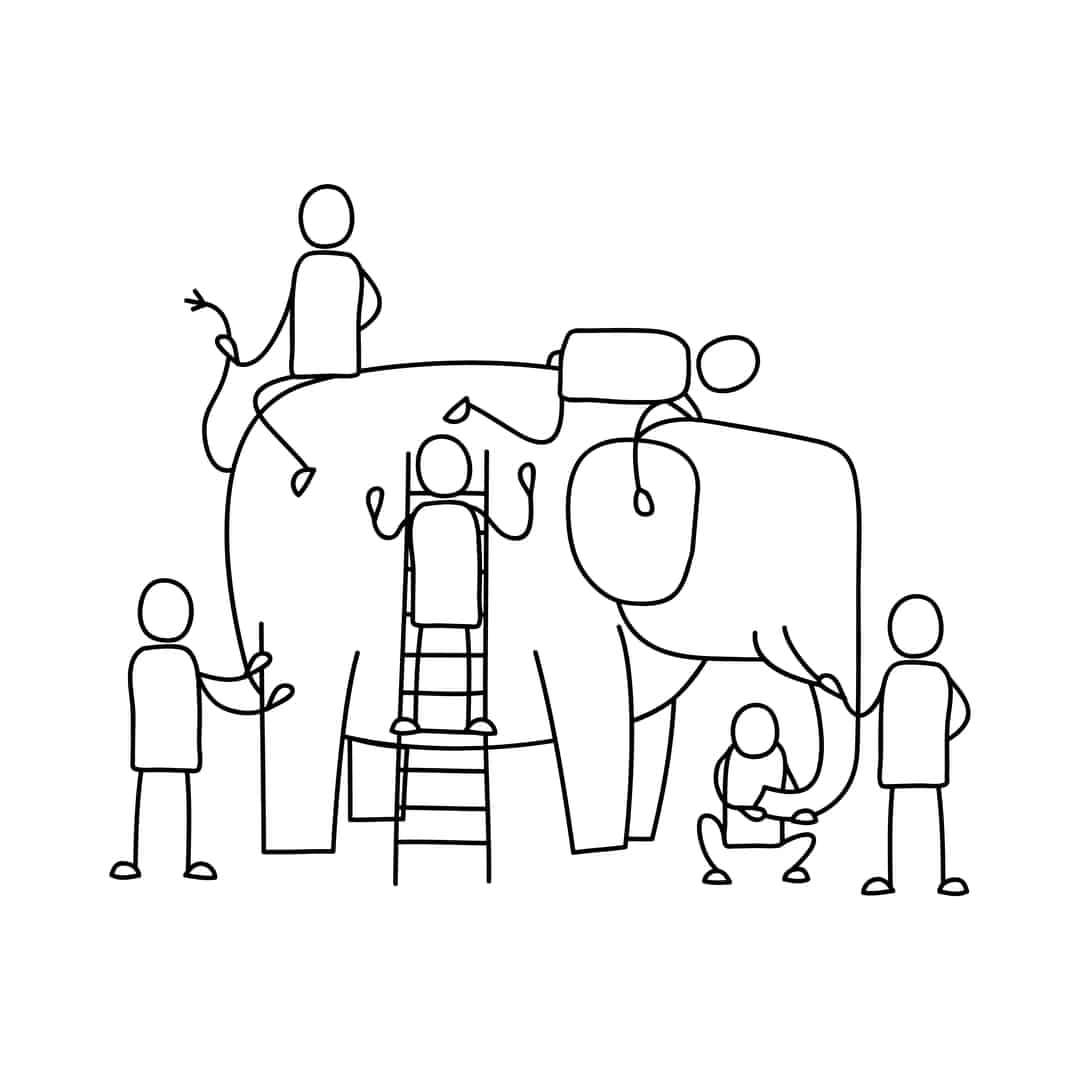
Demand forecasting and its accuracy is more relevant in the post covid era than ever before. It is a danger and a blinder if we do not get the depth of what demand is. It is not a surprise that the fashion industry produces a huge amount of goods unwanted by consumers. The causation lies at the heart of knowing the True Demand. Before we get into that, let us understand from the world of psychology on how we make decisions.
The above figure depicting different people touching a part of the elephant and predicting what the whole is. This is is in some form resemble how fashion demand forecasting happens today.
The New York Times article by Tim Wu is a great revelation of the danger of seeing and acting on what is presented to us. Tim calls it, The Tyranny Of convenience. It is all-pervasive in our daily lives from Amazon to Netflix to Spotify. We will look at demand forecasting at the level of one before getting into business demand forecasting.
The Two Kitten Experiment
A well known psychological experiment conducted by Held and Hein in 1963: They harnessed a pair of kittens to a carousel (see the figure below). One of the kittens was harnessed but stood on the ground and was able to rotate around by itself, while the other, being placed in the gondola, was only moved passively. As the one kitten walked, both moved in the circle.
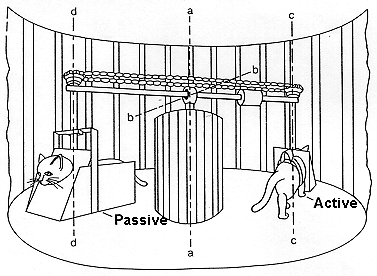
Neither of them has received light before the experiment, as they both were reared in darkness from birth. The point of this experiment is that both kittens were made to learn to see the world, receiving the same visual stimulation. The difference was that one could move actively, the other was moved passively.
According to Held and Hein, only the self-moving kitten developed normal visual perception. The other one, which was deprived of self-actuated movement, could not develop the depth perception. For example, it doesn’t blink at an approaching object. In its visual field, I think, something looks ‘bigger’ when approaching, but never looks ‘nearer’. The change of patterns in the visual field does not have the spatial meaning for the kitten.
The self-actuated movement is necessary in order to develop normal visual perception with depth.
As we apply this to all the personalization happening around us, we see the perils of someone demand forecasting for us.
Personalization | Demand Forecasting At The Level of One
As Tim puts it in his article,
Quote
Convenience has the ability to make other options unthinkable.
As Evan Williams, a co-founder of Twitter, recently put it, “Convenience decides everything.” Convenience seems to make our decisions for us, trumping what we like to imagine are our true preferences. Easy is better, easiest is best.
Once you have used a washing machine, laundering clothes by hand seems irrational, even if it might be cheaper. After you have experienced streaming television, waiting to see a show at a prescribed hour seems silly, even a little undignified. To resist convenience — not to own a cellphone, not to use Google — has come to require a special kind of dedication that is often taken for eccentricity, if not fanaticism.
But we err in presuming convenience is always good, for it has a complex relationship with other ideals that we hold dear. Though understood and promoted as an instrument of liberation, convenience has a dark side. With its promise of smooth, effortless efficiency, it threatens to erase the sort of struggles and challenges that help give meaning to life. Created to free us, it can become a constraint on what we are willing to do, and thus in a subtle way it can enslave us.
It would be perverse to embrace inconvenience as a general rule. But when we let convenience decide everything, we surrender too much.
Unquote
The dark side of convenience is that it makes us choose without using our power of critical thinking. When we leave our demand forecasting (need forecasting) to some other app, we stop to be at our individual best. Rather, we become conformists.
This is further accentuated by the knowledge that our knowing domain is a fraction of what is happening around us. A neuroscientist named Manfred Zimmermann estimates that our capacity for perceiving information is about 11 million bits per second. Zimmermann estimates that your conscious attention has a capacity of about 40 bits per second. That’s a tiny, tiny fraction of what you can perceive: forty bits out of a potential 11 million. That’s 10, 999,960 bits of information that you sense but don’t notice every second. Hence any demand forecasting based on our current knowledge limits our knowing more.
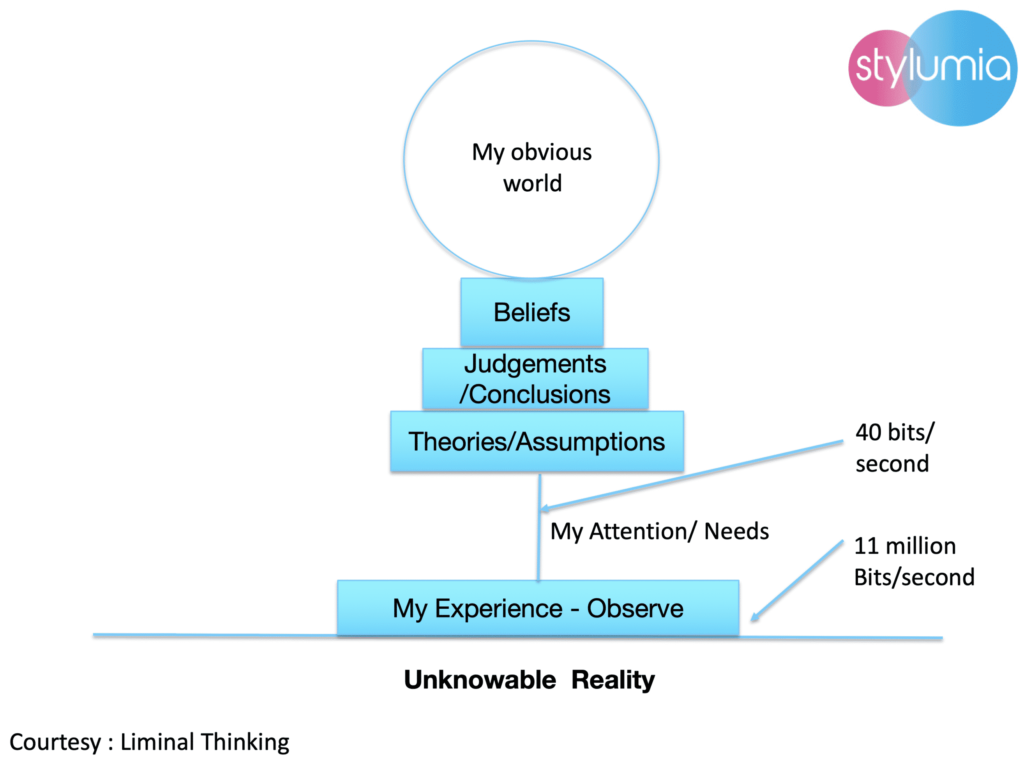
Don’t Get Fooled By Convenience
While convenience does help in some mundane tasks, it is important for us to be aware of this human nature to tilt towards convenience in taking important decisions.
Bringing our attention back to demand forecasting in fashion. In fashion, lifestyle, and sports business, we start to forecast the demand at various levels of the business from the category, subcategory to product level well ahead of the demand period. It all starts with trend forecasts, color forecasts, attribute forecasts, etc. There is a huge industry providing these forecasts in the form of reports. These reports look eatable, consumable, look interesting, visually appealing, and easy to take. Here is the catch. Why not we ask some fundamental questions on these outputs like the one below and get a response on them.
“what is the rationale that these trends will be what consumers would like?”
“what are the data points for them to be trends?”
“can these trends be objectively graded?”
“how relevant are these trends for our brand and geography?”
The other type of information that is available is data-based. Even here, just because there is data, why should one accept that it is true. This may look surprising. In fact, we wrote a detailed article on why data in itself is not good enough. We have more noise in the data than the signal. Most of the data platforms and tools in the market are based on “supply signals”. In fashion, supply is 2/3rd noise and 1/3rd signal.
In demand forecasting, Easy does not mean it is true.
In demand forecasting, Data does not mean it is correct.
After all, the demand forecasting decisions are supercritical to the business and nowhere close to trivial in terms of the size and scale of decision making and its impact on the business.
It is very important not to be fooled by the cover but to see the depth perception of the system you are buying into.
That leads us to the new paradigm of demand forecasting.
The New Paradigm Of Demand Forecasting
In order to cut through the noise and get close to True Demand signals, there is a need to invent new technology and a new method. Existing approaches do not address this. Hence we started Stylumia in 2015 December after successfully launching the world’s first AI-driven (demand-driven) fashion brand in our previous stint.
We built a True Demand engine. What this engine does is to collect consumer actions (not they what say but what they do) at internet scale and Demand Senses the global fashion market. This Demand Science® removes all the noise and gets you true winning ideas for future-forward and current trends.
That in itself is necessary but not sufficient. Stylumia’s Consumer Intelligence Tool (C.IT) is powered by the True Demand engine and also provides you popular and niche ideas. In fact, you get ideas that are not only winning but in their early stage of evolution in the market. The information comes in a way, easy for you to validate whether you are picking an also-ran idea or a new idea to differentiate. Few snapshots from the Stylumia C.IT below.
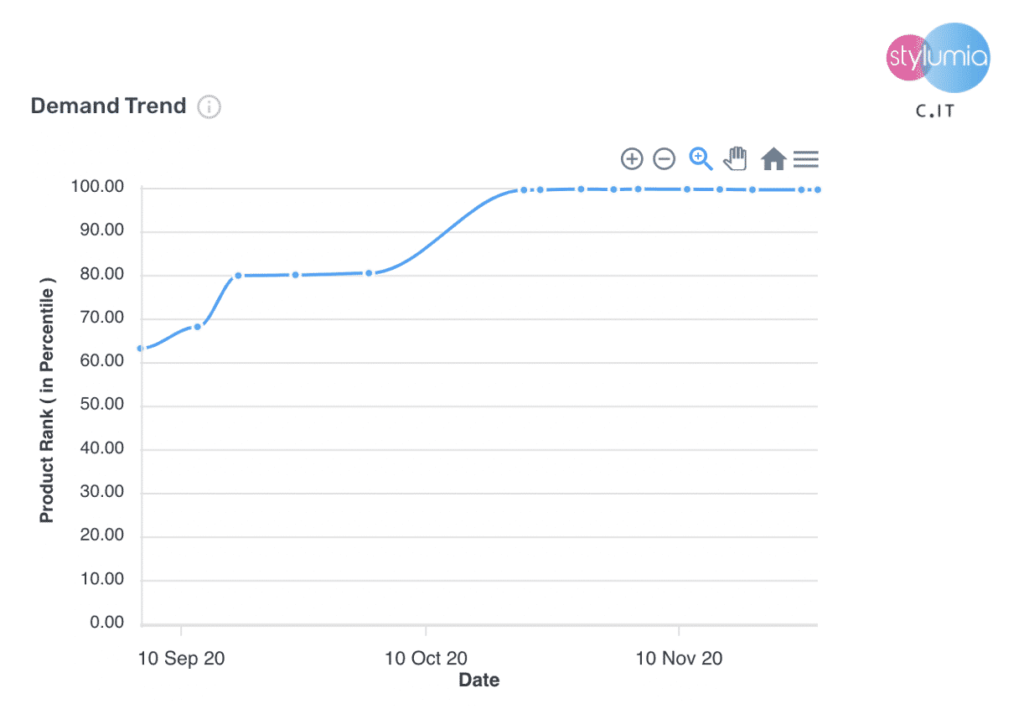
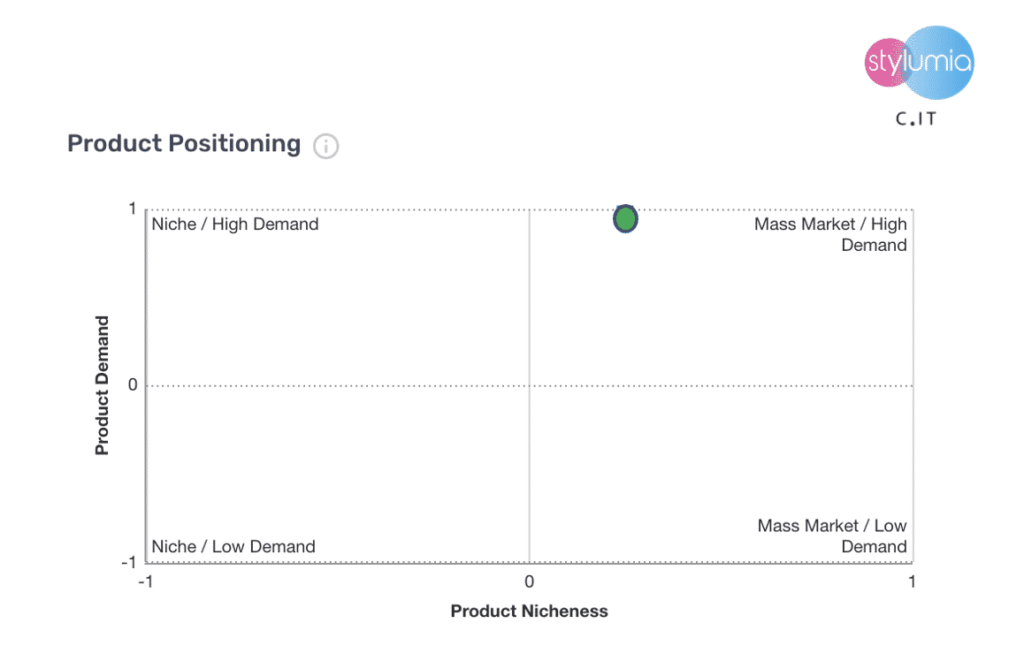
In Conclusion,
You had a view on the deep research backed insights in the danger of taking decisions on convenience, particularly in non-trivial areas of decision making.
It is important for the fashion industry to review all the tools and support they are using to take key decisions on products from consumer research to trend forecasting to demand prediction for inventory optimization.
It is time to move away from what is popular or what is used by the industry colleagues to what are the tools and techniques which get to the True Demand of consumers.
Convenience may not always be the best. Choose wisely to stay true to consumers and stay ahead.

